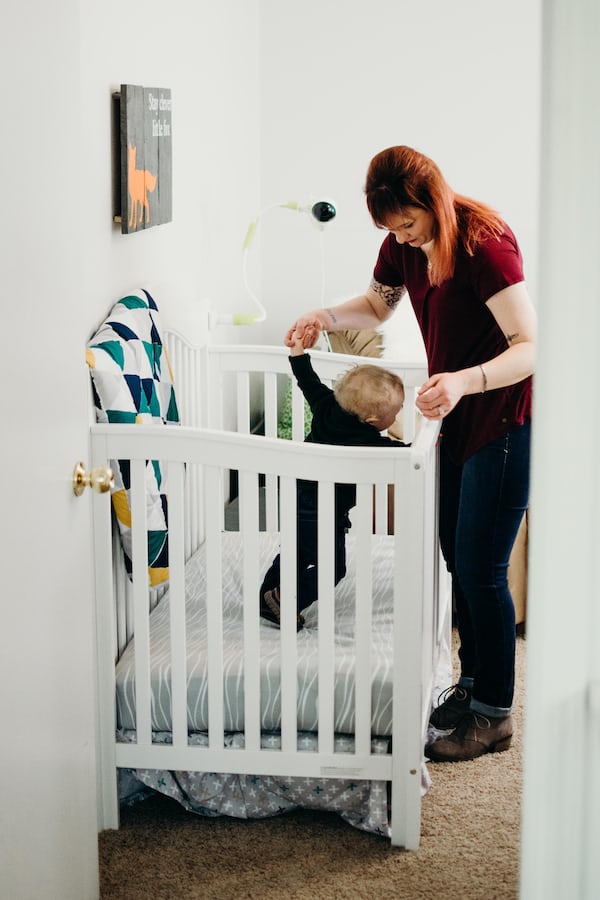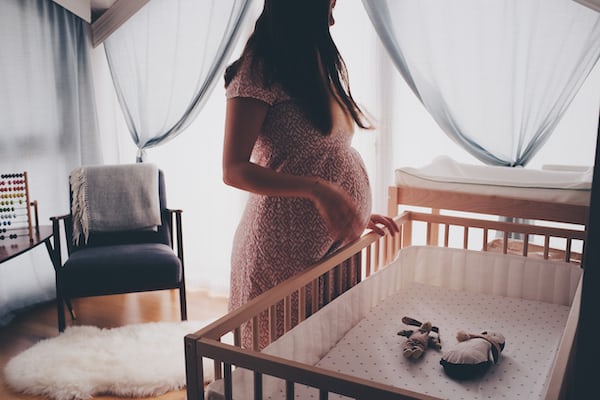Related Information

 Azvenus Time:2022-12-21
Azvenus Time:2022-12-21
Every family will prepare a crib for the little baby since the crib is the safest place for a baby during the first few years of life. There are different crib types that vary in size and functionallity, such as standard size cribs, convertible cribs and mini cribs.
1. Standard size cribs are perfect for those who have enough space for a spacious crib or families expecting to grow.
2. Convertible cribs are suitable for those looking for a long term solution and don’t want to go about hunting for a sleeping solution every two years.
3. Mini cribs are perfect for those who live in apartments or are looking to convert a small space into a nursery. They are also popular amongst parents looking to co-share their bedroom with the baby and with moms expecting multiples.
Height Of The Crib:
Though there isn’t a huge variation in the height of cribs, this becomes an important factor to consider if you are short or tall. Given the number of times you will have to lift your baby in and out of the crib, it’s best to find one that works best for you. There are low-profile cribs that sit low to the floor or have a scooped footboard that makes lifting your baby easy on your back.
Mattress Height Settings:
Most cribs have two to four height settings. This refers to the different heights the mattress can be raised or lowered to in the crib. This is important because once your baby starts to get mobile, the mattress should be set at a low enough height to prevent a fall. Put your mattress support at its highest setting when your baby is a newborn and start lowering it as he/she starts to roll over and push up on his hands and knees.

Safety Certifications
Cribs sold in the U.S. have to meet and pass some stringent safety regulations. As of 2011, all cribs manufactured are required to meet the standards put forth by the U.S. Consumer Product Safety Commission (CPSC).
While some certifications and regulations are compulsory, some are voluntary. The two most important certifications to look out for are the JPMA seal and the Greenguard Gold seal.
JPMA or Juvenile Products Manufacturers Association is a leading and trusted independent organization that is viewed as an authority on safety and quality baby and children’s products. The JPMA Certification seal indicates that the product meets or exceeds ASTM standards, federal and state law, and some retail requirements.
A Greenguard Gold certification, on the other hand, certifies that a product has been tested for thousands of chemicals and VOCs and helps in providing a safe and healthy environment for your baby and family.
While parents should still take the time to do their homework, knowing that a brand has one or both of these certifications provides a certain amount of confidence and peace of mind.

Safety checklist while setting up your nursery
· All cribs come with assembly instructions. It’s essential to follow them so that the crib is set up the right way. Make sure the crib is steady and seems sturdy.
· Crib bumpers are not necessary and can pose a suffocation or strangulation risk.
· When it comes to accessorizing a crib, Bare is best! However, tempting it may be, the crib and mattress should be devoid of any extras – pillows, soft toys, blankets should be avoided.
· Place cribs away from windows and make sure no loose strings or cords are hanging over the crib.
· Vacuum the underside of a crib regularly to avoid the collection of dust
· Make sure the nursery or room where the crib is kept has adequate ventilation.
· While we recommend buying a new crib, if you must purchase a second hand one, make sure that it meets current safety standards.
